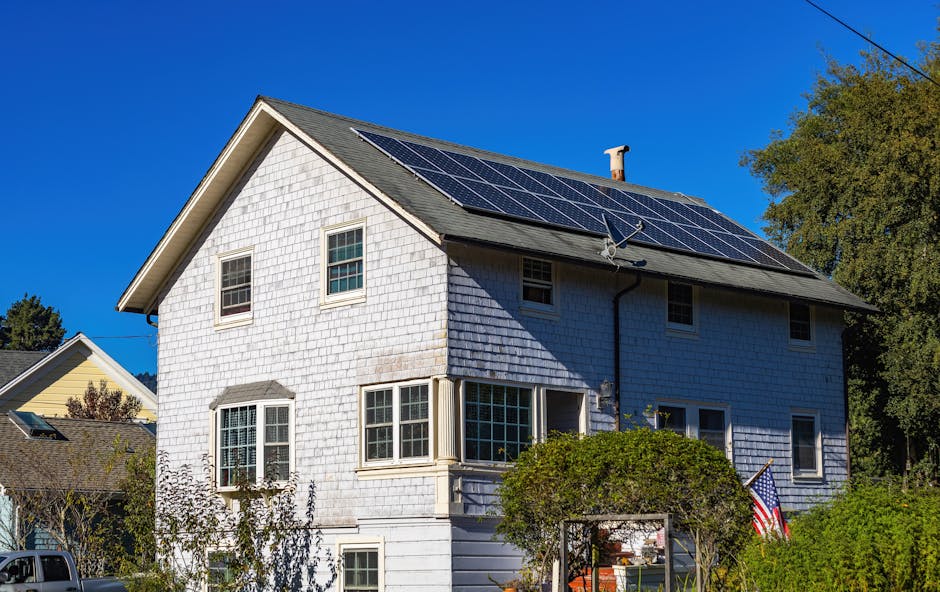
In a world increasingly aware of the impact of human activities on the environment, the concept of environmental sustainability has emerged as a crucial principle guiding both individuals and businesses. environmental sustainability refers to responsible interaction with the planet to maintain its natural resources while promoting the health and well-being of future generations. As societies strive to minimize their carbon footprints, innovative solutions such as solar lighting and energy-efficient products play essential roles in achieving these goals. This article will explore how these technologies contribute to environmental sustainability, focusing on solar lighting solutions, the benefits of LED products, and recent innovations within the lighting industry.
The Role of Solar Lighting Solutions
Solar lighting solutions have gained recognition for their ability to harness renewable energy and significantly reduce carbon emissions. By utilizing solar panels, these lighting systems convert sunlight into electricity, which can power lights in both residential and commercial settings. One of the primary benefits of solar lighting is its independence from traditional power sources, leading to lower energy costs and reduced reliance on fossil fuels. This transition not only helps decrease greenhouse gas emissions but also promotes energy security and resilience.
Moreover, solar lighting systems are often designed for easy installation and minimal maintenance, which encourages widespread adoption. They can illuminate gardens, pathways, and public spaces without the need for extensive electrical infrastructure, making them an ideal choice for environmentally conscious projects. Additionally, since solar lights operate during the night using stored energy from the day, they contribute to a reduction in the overall demand for electricity, further supporting efforts toward environmental sustainability.
Benefits of LED Products
Light-emitting diode (LED) products are another cornerstone of energy efficiency and sustainability. LEDs use significantly less energy compared to traditional incandescent bulbs, converting about 80% of their energy into light, whereas incandescent bulbs waste much of their energy as heat. This superior energy efficiency translates to lower electricity consumption and decreased carbon emissions, contributing to a more sustainable future.
Besides their energy efficiency. LED products have a longer lifespan, often lasting up to 25 times longer than incandescent bulbs. This longevity not only reduces the frequency of replacements but also minimizes waste generated from discarded light bulbs. Fewer bulbs mean less material consumption and a reduced carbon footprint associated with manufacturing and disposal processes. By choosing LED lighting solutions, individuals and businesses can make a positive impact on environmental sustainability while benefiting from lower energy costs and reduced maintenance efforts.
Innovations in the Lighting Industry
The lighting industry is continually evolving, with innovations that further promote environmental sustainability. Smart lighting systems, for instance, utilize advanced technology to optimize energy use. These systems can adjust brightness based on occupancy or natural light levels, ensuring that energy is not wasted when spaces are unoccupied. By integrating smart technology with energy-efficient lighting, users can achieve optimal performance while minimizing their environmental impact.
Additionally, advancements in solar panel technology have led to more efficient and affordable solar lighting solutions. Innovations such as flexible solar panels allow for a broader range of applications, making it easier to incorporate solar lighting into various environments. This flexibility encourages the adoption of sustainable practices across different sectors, from urban planning to rural development.
In conclusion, as the world continues to address pressing environmental challenges, the role of solar lighting solutions and LED products becomes increasingly significant. These technologies not only provide practical benefits, such as reduced energy costs and longevity but also align with the broader objectives of environmental sustainability. By embracing these innovations, individuals and organizations can contribute to a healthier planet, ensuring that natural resources are preserved for future generations. For those interested in exploring more about sustainable practices and solutions, resources are available to guide informed decisions.
To learn more about the intersection of technology and environmental sustainability, visit this resource.

